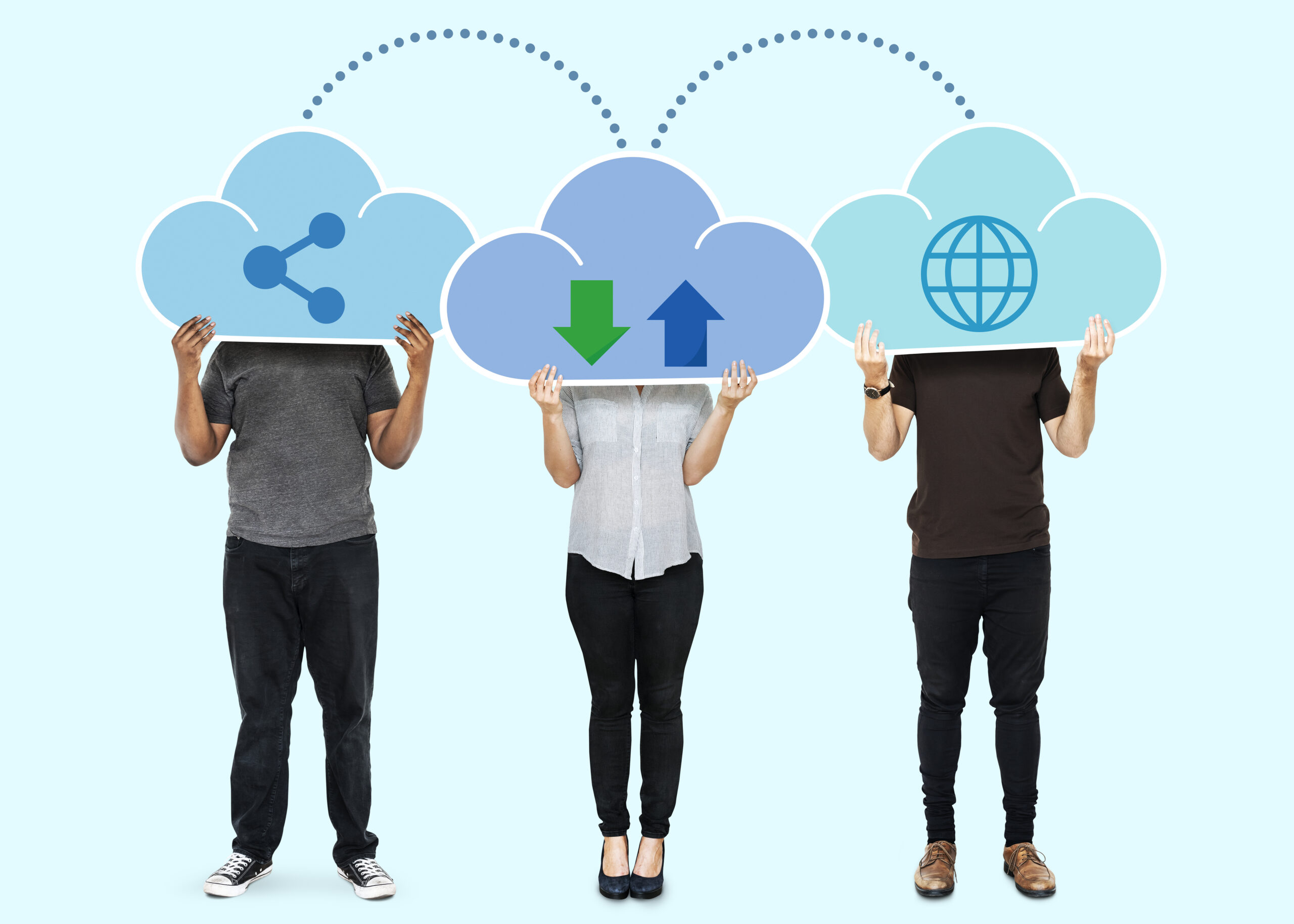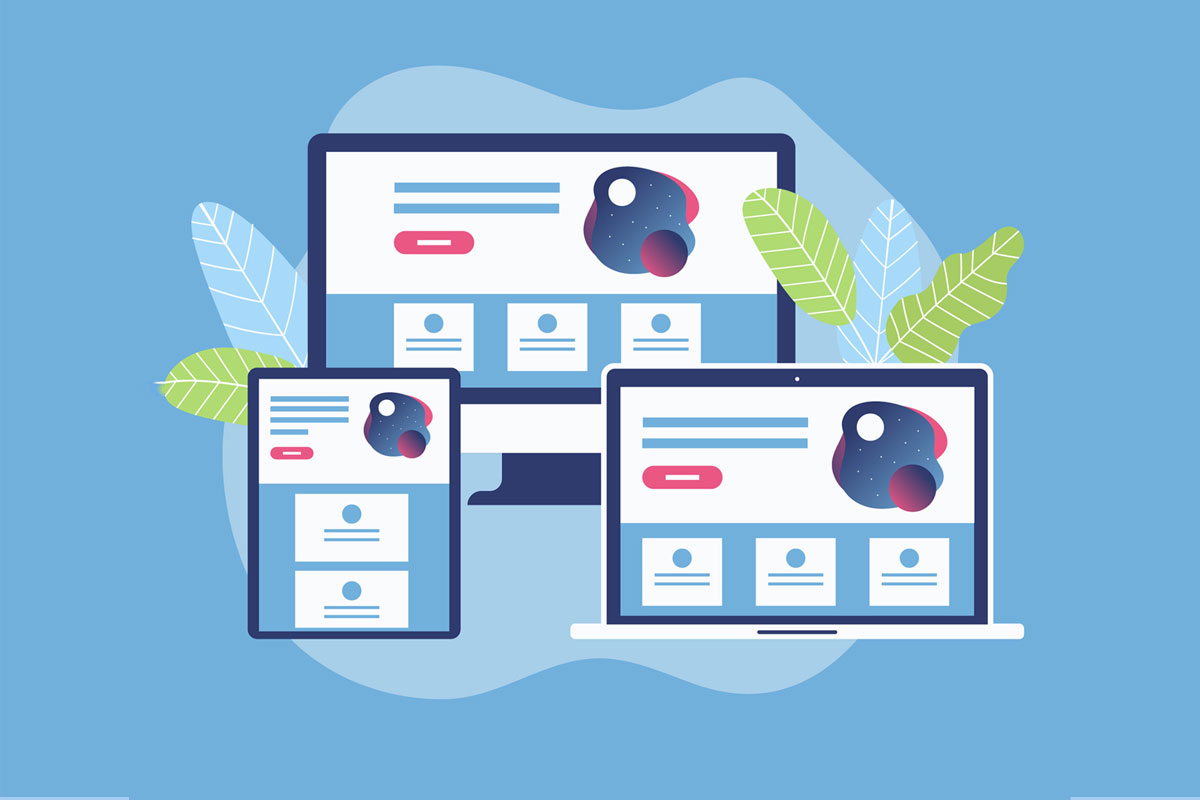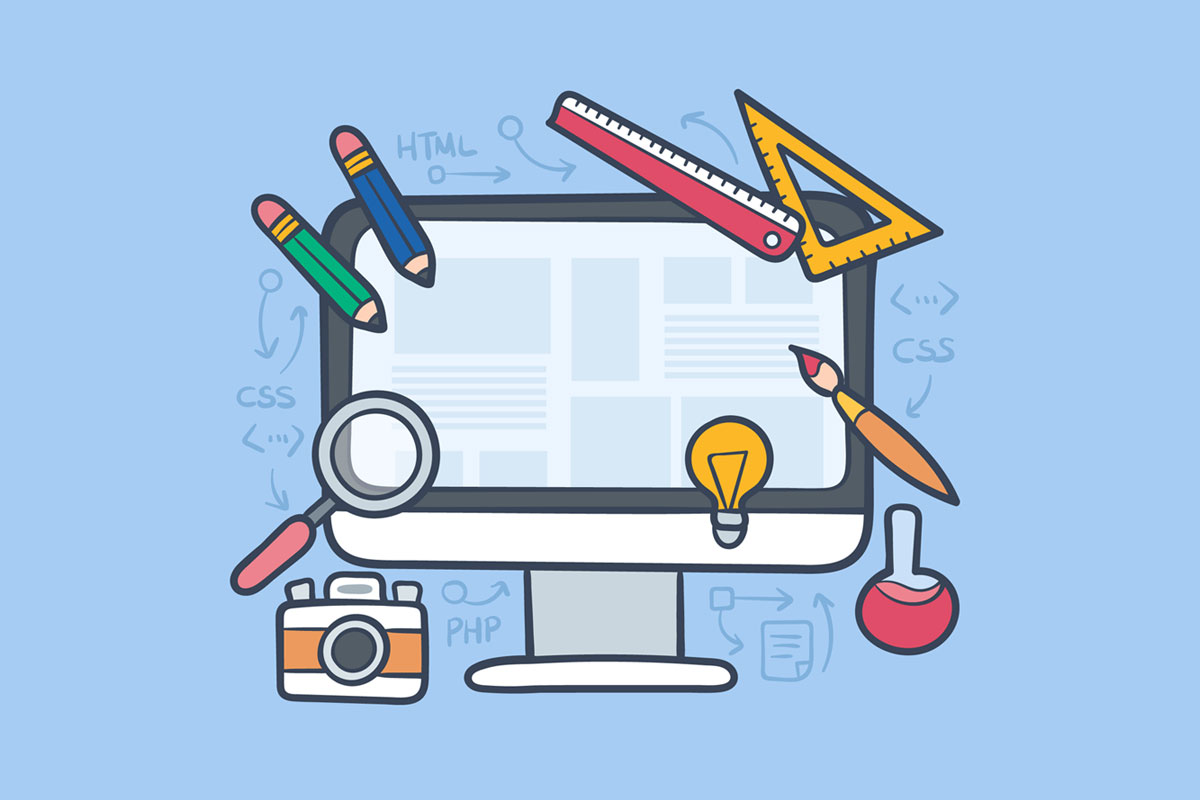In the fast-evolving world of digital experiences, web design plays a pivotal role in engaging users, building trust, and driving conversions. As technology advances, businesses must stay ahead of design trends to create intuitive, visually stunning, and high-performing websites.
With 2025 around the corner, let’s explore the top 7 web design trends that will dominate the digital landscape and redefine how businesses interact with their audiences.
1. AI-Driven Personalization
Trend Overview:
Artificial Intelligence (AI) is revolutionizing web design by enabling real-time personalization. Websites will adapt dynamically based on user behavior, preferences, and browsing history, delivering a highly tailored experience.
Why It Matters:
- Enhances user engagement by offering personalized content.
- Increases conversion rates by suggesting relevant products and services.
- Provides data-driven insights for businesses to optimize UX.
Example:
E-commerce websites using AI-powered recommendations, where returning users see curated product selections based on past interactions.
2. Immersive 3D Elements and Interactive UI
Trend Overview:
In 2025, websites will feature 3D graphics, interactive animations, and immersive experiences to captivate users and boost engagement.
Why It Matters:
- Makes websites more engaging and visually appealing.
- Encourages users to interact with the interface, leading to longer session durations.
- Works exceptionally well for tech, gaming, and e-commerce brands.
Example:
Nike’s website showcases 3D-rendered sneakers, allowing customers to rotate and explore products before purchasing.
3. Voice-Activated Interfaces & AI Chatbots
Trend Overview:
As voice search adoption grows, websites will incorporate voice-activated navigation and AI-powered chatbots to enhance accessibility and customer support.
Why It Matters:
- Voice commands simplify navigation, making websites more user-friendly.
- AI chatbots provide instant responses, reducing support wait times.
- Enhances inclusivity by catering to visually impaired users.
Example:
Retail websites integrating voice search for product discovery and AI chatbots handling customer queries in real-time.
4. Dark Mode & Low-Light UI
Trend Overview:
Dark mode is no longer a trend—it’s becoming a default web design feature for improved aesthetics and usability.
Why It Matters:
- Reduces eye strain, especially for users browsing at night.
- Enhances contrast and makes text and visuals stand out.
- Gives websites a sleek, modern feel.
Example:
Apple, Instagram, and YouTube allow users to switch between light and dark mode, offering a personalized experience.
5. Scroll-Based Microinteractions
Trend Overview:
Websites will increasingly use microinteractions triggered by scrolling, creating seamless storytelling and dynamic engagement.
Why It Matters:
- Improves user experience by providing smooth visual feedback.
- Encourages users to explore more content without feeling overwhelmed.
- Perfect for storytelling, long-form content, and portfolio websites.
Example:
Parallax scrolling effects where images shift subtly as users move through a page, making navigation feel more fluid and engaging.
6. Minimalist & Typography-Focused Design
Trend Overview:
Minimalist design remains timeless, but in 2025, we’ll see an emphasis on bold typography and simplified layouts.
Why It Matters:
- Focuses on clarity and readability, ensuring key messages stand out.
- Reduces clutter, leading to faster loading speeds and better UX.
- Works well for branding-focused websites, blogs, and corporate pages.
Example:
Luxury brands using high-contrast fonts and generous white space to create a premium and sophisticated look
7. Sustainable & Eco-Friendly Web Design
Trend Overview:
With rising environmental concerns, sustainable web design is set to become a major focus in 2025.
Why It Matters:
- Reduces website carbon footprint by optimizing energy consumption.
- Uses lightweight coding & efficient hosting to improve loading speed.
- Aligns with brands that prioritize social responsibility & eco-conscious values.
Example:
Websites with dark backgrounds, efficient caching, and low-energy-consumption elements to reduce digital waste and power usage.
How These Trends Will Shape Web Design in 2025
The future of web design is centered around personalization, interactivity, accessibility, and sustainability. Businesses that incorporate these elements will create visually stunning, high-performing websites that drive conversions and enhance user experiences.
Conclusion:
Future-Proof Your Website with Cutting-Edge Design. Staying ahead of web design trends is crucial for business success in 2025. Whether it’s AI-driven personalization, interactive UI, or sustainability, adopting these trends can elevate user experience, boost engagement, and drive conversions.
📞Call or WhatsApp us at +91-7045167979 or 📧email us at sales@site2host.com to start your web transformation today.








